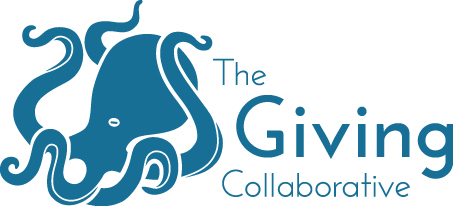The development office’s relationship with its board has a huge impact on its philanthropic success. Unfortunately, fundraising is often a board’s greatest area of weakness. According to BoardSource, many board members are intimidated by the thought of asking for money and others are surprised they are expected to participate in fundraising at all. Yet we all know that successful fundraising is driven by a philanthropic culture that starts at the top. Below are 10 tips for making fundraising a more positive and proactive experience for your boards.
- Start with a strategic plan for philanthropy. A strategic plan keeps the board focused and holds both staff and leadership accountable. The plan provides direction for clear and consistent messaging even as board members (and staff) come and go.
- Include philanthropy on every board agenda. Fundraising and the financial well-being of the organization are priorities for any board. Treat it that way and have philanthropy as a top agenda item at every board meeting.
- Adopt a board policy on giving. Board members need to be aware of what is expected of them philanthropically before joining the board. Too often having a board giving policy is overlooked causing resentment when members are asked to give after they’ve accepted the position. Be upfront and make it a positive before they accept the role.
- Provide training on board roles in philanthropy. Just having a giving policy is not enough. You want board members actively engaged in philanthropy so give them the tools they need to succeed at it.
- Review your case for support annually. Reviewing the case for support annually not only ensures that it is still relevant but also helps keep philanthropy and the reasons for giving top of mind among your board members.
- Keep boards well-informed (have a seat at the table). Be present and accountable with your board. Board members want to be “in the know” about the programs and services you offer and how philanthropy is making an impact. Transparency and accountability go a long way in building trust with your board.
- Focus on commitment/accepting the role. A first step for a board member new to philanthropy is to accept the role. Assigning peer mentors to incoming board members can help with the transition.
- Help board members find their comfort level. Not everyone is comfortable with asking for money but there are plenty of other roles for board members necessary for philanthropic success such as donor identification, cultivation, and stewardship.
- Have a nomination process. Have a clear path for joining the board with a written application and interview. Define what you are looking for in a board member with job descriptions and term limits.
- Clarify roles of board and staff. Put simply, boards focus on strategy (i.e., the what) and staff implement (i.e., the how).
Philanthropy is integral to the mission and vision of the organization. Treat it that way by talking about it consistently and often with board leadership.


About The Author: Kathy Renzetti
A principal consultant with TGC, Kathy has 22 years of experience working with small to mid-size organizations, with 15 years of experience focused on healthcare philanthropy. She excels at working with boards, staff, and volunteers of mission-driven organizations to deliver strategic objectives from concept to implementation.
More posts by Kathy Renzetti